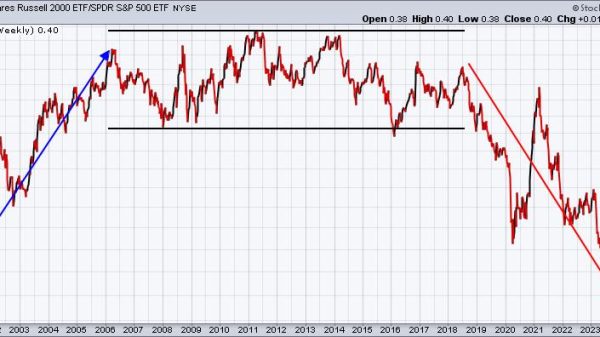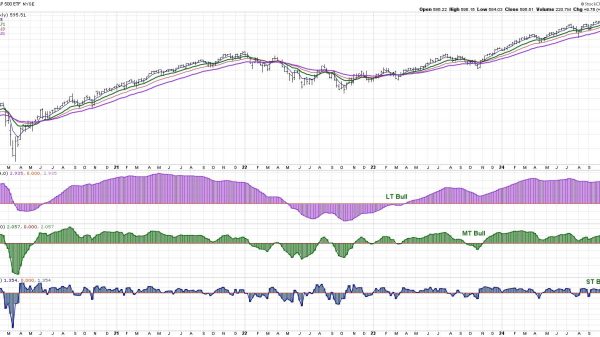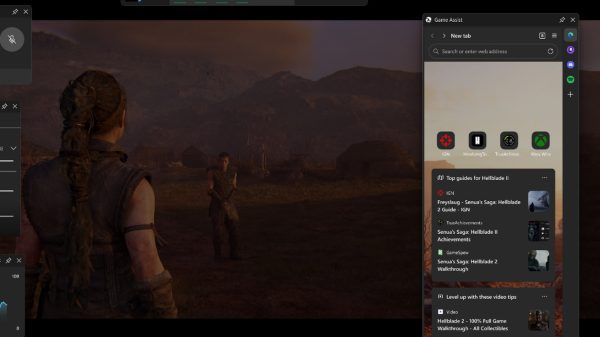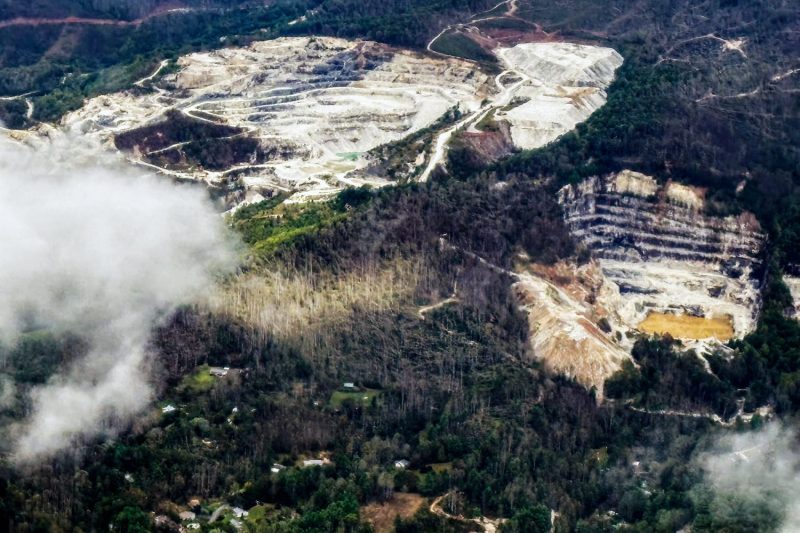
Virtually all of the world’s supply of a mineral that is critical to semiconductor production comes from one tiny town in the foothills of the Blue Ridge Mountains that has been devastated by Hurricane Helene.
Spruce Pine, North Carolina has no running water or electricity, more than a week after Helene ripped through the town of 2,200. Roads and railways in and out of the area are severely damaged, according to local officials.
Mines in Spruce Pine produce the world’s purest form of quartz, which plays a central role in chip manufacturing.
Now, the town’s exceedingly valuable supply of high-purity quartz is at risk, threatening to cripple the $600 billion global semiconductor industry.
The natural disaster unfolding in Spruce Pine also highlights the continued instability of global supply chains, more than four years after Covid-19 drove home to Americans how dependent they had become on imported goods.
Two companies, Sibelco and The Quartz Corp., extract the high-purity quartz in Spruce Pine, refine it and export it to manufacturing facilities based primarily in China and other parts of Asia.
Much of the refined, high-purity quartz is then used to create a vessel called a crucible, which holds silicon as it is melted and transformed into the wafers on which semiconductors are made.
But mining, refining and shipping are all on hold, for now.
Both Sibelco and the Quartz Corp. were forced to halt operations on Sept. 26 due to the storm, which dumped more than two feet of rain on Spruce Pine, according to the National Weather Service.
The companies say there is no timeline right now as to when they expect to resume normal operations.
“The Spruce Pine community has been hit particularly hard,” Sibelco said in a statement on Sept. 30. “We have temporarily halted operations at the Spruce Pine facilities in response to these challenges.”
The Quartz Corp. said in an Oct. 1 statement that the company has “no visibility” as to when their operations will be able to resume.
For the semiconductor industry, the challenges that any long-term disruption to the Spruce Pine mines would present cannot be overstated, experts say.
“This is the only plant in the world right now that serves the semiconductor industry in its entirety,” said TECHCET CEO Lita Shon-Roy, who has studied the quartz supply chain for more than two decades. “If something were to happen to these mines, it can put the entire industry on its ear, period. There’s no other capability.”
What happens next, experts say, is a two-part question. First, operators need to determine whether there has been any damage to the quartz mines themselves, or to the equipment the companies use to extract or refine the mineral.
If mining operations can start up again, the secondary question is how either company will transport refined quartz to export markets, given the state of some of the infrastructure in western North Carolina.
TECHCET estimates it could be four to six weeks before the companies’ operations are running at full throttle again. But that forecast, Shon-Roy says, is dependent on roads opening back up, given that both companies rely primarily on trucking to move their minerals.
Early indications, however, are that transit infrastructure will require extensive rebuilding.
“Roads are gone,” said Spencer Bost, the executive director of Downtown Spruce Pine, a nonprofit that partners with the city. In some areas, he said, “The roads just don’t exist anymore.”
When it comes to electricity, said Bost, “it’s not like power lines are down — telephone poles are gone.”
Yet there are still two glimmers of hope for the semiconductor industry.
The first is that there is likely some inventory of high-purity quartz stockpiled for the components it helps create. This could give the industry a cushion of two or three months, while Spruce Pine recovers from Helene, Shon-Roy said.
As the semiconductor industry emerges from its own downturn, demand has been fairly soft, said Shon-Roy. Additionally, ever since the pandemic most companies have been keeping larger inventories in stock.
“That will help cushion the delay in getting these plants restarted,” Shon-Roy said.
The other upside: The crucibles that quartz is used to create have a shelf life of about 300 to 400 hours — or roughly two weeks — before they need to be replaced, said Dustin Mulvaney, an environmental studies professor at San Jose State University who studies solar energy commodity chains.
As a result, there could be some lag before chip manufacturers are hurting for more.
“But once they start having to replace the crucibles, that’s where you will run into the potential for disruption,” Mulvaney said.
The longer it takes for Spruce Pine’s mining industry to get back to work, the bigger the impact will be.
“A month’s delay is not bad,” said Shon-Roy. “Two months is getting difficult. Three months becomes a real problem.”




























